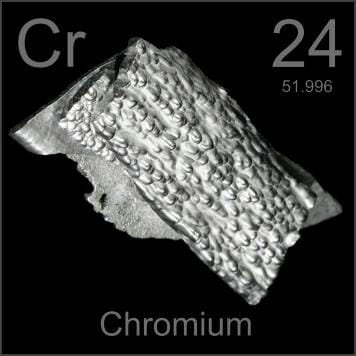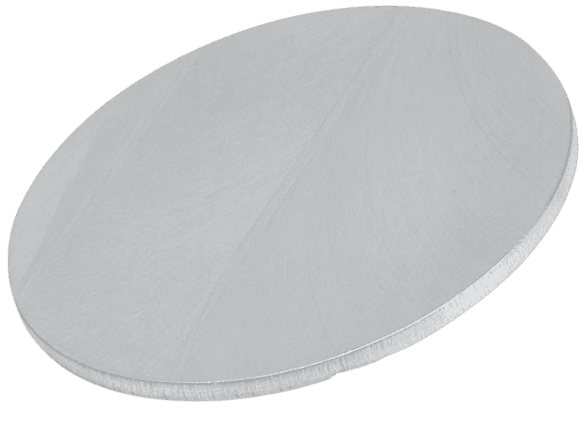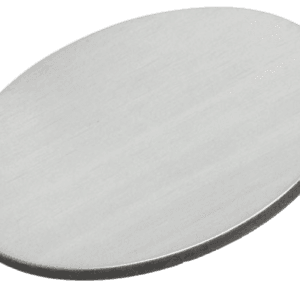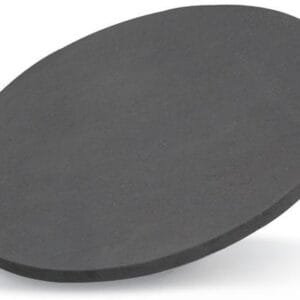Chromium Sputtering Target Description

Chromium Sputtering Target Specification
| Material Type | Chromium |
| Symbol | Cr |
| Automatic Number | 24 |
| Color/Appearance | Silvery, Metallic, Solid State |
| Melting Point | 1,857°C |
| Theoretical Density | 7.2 g/cc |
| Sputter | DC |
| Type of Bond | Indium, Elastomer |
| Comments | Films very adherent. High rates possible. |
| Target Dimensions & Thickness | Dia.: 1.0″, 2.0″, 3.0″, 4.0″, 5.0″, 6.0″ Thick: 0.125″, 0.250″ |
We also offer other customized shapes and sizes of the sputtering targets; please Contact Us for more information.
Chromium Sputtering Target Application
Chromium Sputtering Target Bonding
Specialized bonding services for Chromium Sputtering Targets, including indium and elastomeric bonding techniques, enhance performance and durability. Thin Film Materials (TFM) ensures high-quality solutions that meet industry standards and customer needs.
We also offer custom machining of backing plates, which is essential for sputtering target assembly. This comprehensive approach improves target design flexibility and performance in thin film deposition. Our channels provide detailed information about bonding materials, methods, and services, helping clients make informed decisions.

Chromium Sputtering Target Packaging
Our Chromium Sputtering Targets are clearly tagged and labeled externally to ensure efficient identification and quality control. We take great care to prevent any damage during storage and transportation.
Get Contact
TFM offers Chromium Sputtering Targets in various forms, purities, sizes, and prices. We specialize in high-purity thin film deposition materials with optimal density and minimal grain sizes, which are ideal for semiconductor, CVD, and PVD applications in display and optics. Contact Us for current pricing on sputtering targets and other deposition materials that are not listed.





Reviews
There are no reviews yet.